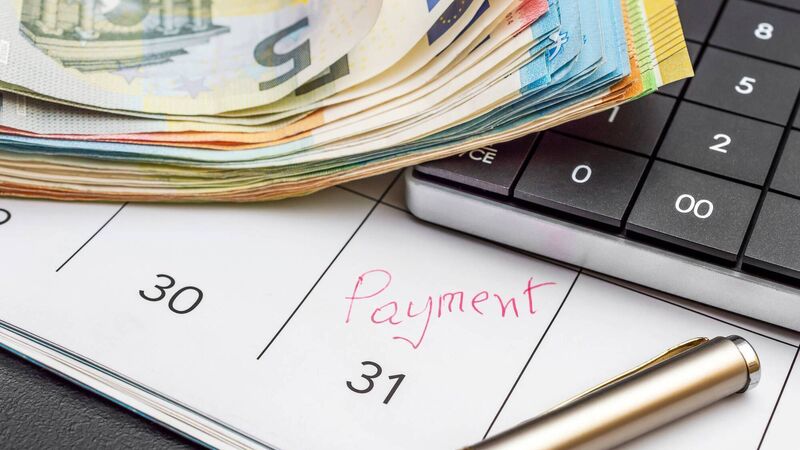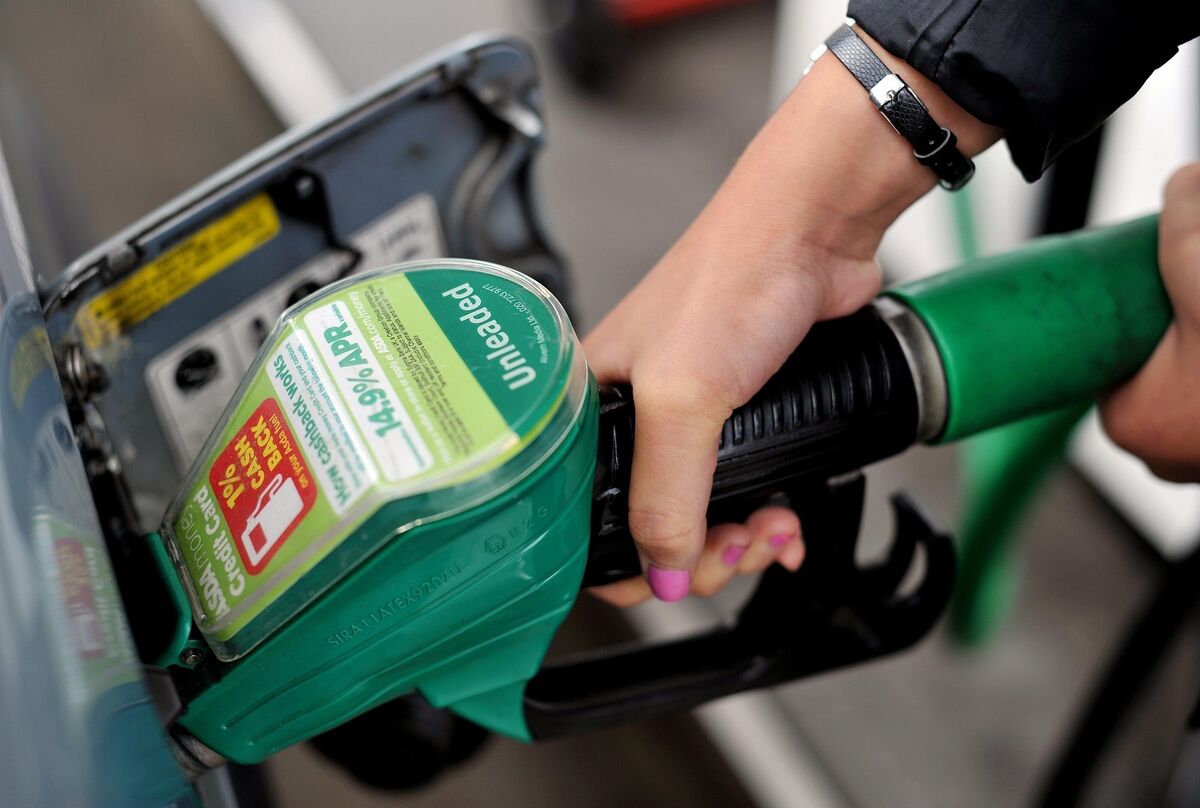Brian Keegan: VAT relief the way to best tackle inflation

It is looking increasingly likely that the price for a rapid recovery from the pandemic isa significant rise in inflation.
The economic bounce back from the pandemic restrictions, as underlined by the positive exchequer figures last week, is quite remarkable.
It is almost as if the Irish economy had been designed to withstand pandemic lockdown, with an emphasis on fostering industry that produces highly-in-demand information and communications technology products and pharmaceuticals, along with a tax base that collects the most income tax from those best able to work from home, and a high rate of value-added tax to catch bumper receipts as the brakes on consumer spending end.
It is looking increasingly likely, however, that the price that must be paid for this rapid recovery is what the chief economist of the European Central Bank, Philip Lane, described as a pandemic cycle of inflation. This description implies a cyclical return to more normal inflation rates. The question is: ‘when?’.
Inflation has both a practical effect on people’s spending power and also a psychological effect.
Many Irish workers and their families have only ever known property price inflation. Even that was not a constant thanks to the 2008 downturn. It is little wonder, then, that the Government is reported to be examining a range of measures to soften the impact of inflation on disposable income.
These ideas would go beyond the additional €100 per electricity bill already mooted. The country is winding down the high spending from the pandemic support measures but it is still reasonable to ask how new supports to people, in the form of cheaper fuel or more heavily subsidised medicine costs, can be funded.
Part of the answer to that lies in inflation itself.
The Irish income tax system operates by taking a higher proportion of tax from the highest wages. As wages increase the income tax take rises disproportionately. VAT is calculated as a percentage of the price of goods or services, so as those prices inflate so too do VAT receipts.
The tax system is often a blunt instrument when it comes to delivering any form of support, as it is hard to target tax benefits where they are most needed. Cuts in income tax are overwhelming of benefit to higher earners because higher earners pay the bulk of the income tax.

Even the modest adjustments to the tax rates and bands in 2022, which many people saw in their wage packets in January, missed the point. The improvements to the tax credit regime did not extend, for example, to people looking after dependent relatives, home carers or families with incapacitated children.
Another benefit of using VAT cuts to provide relief against inflation is that the impact can be quite immediate. The risk is that tax reductions intended to lower the costs to the consumer of fuel and goods might not get passed on by merchants and retailers.
Few of us expect the new normal way of living to be anything like what we enjoyed up to the end of 2019. The same goes for the economic new normal. Rapid assistance and a more active management of economic impacts are required.
- Brian Keegan is director of public policy at Chartered Accountants Ireland



